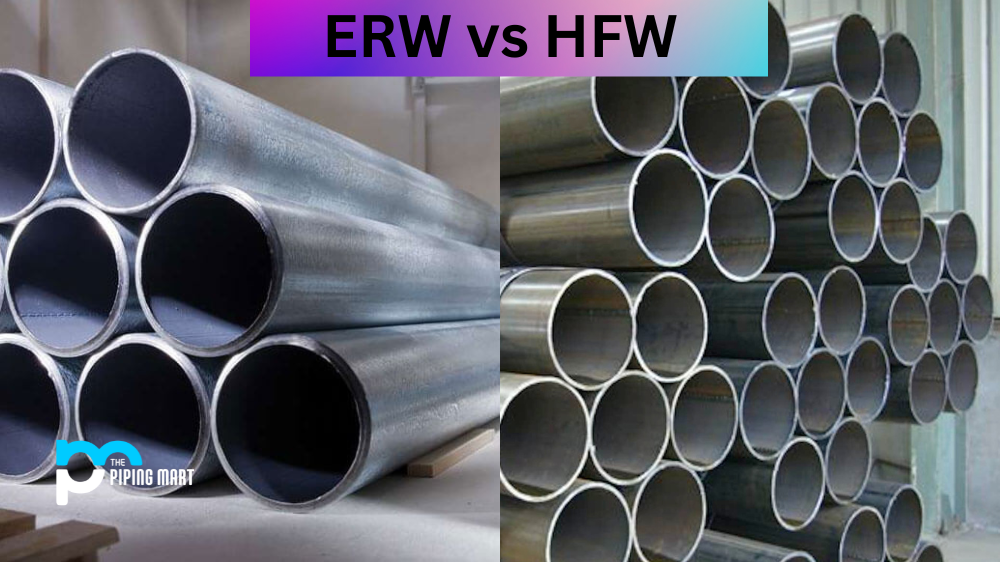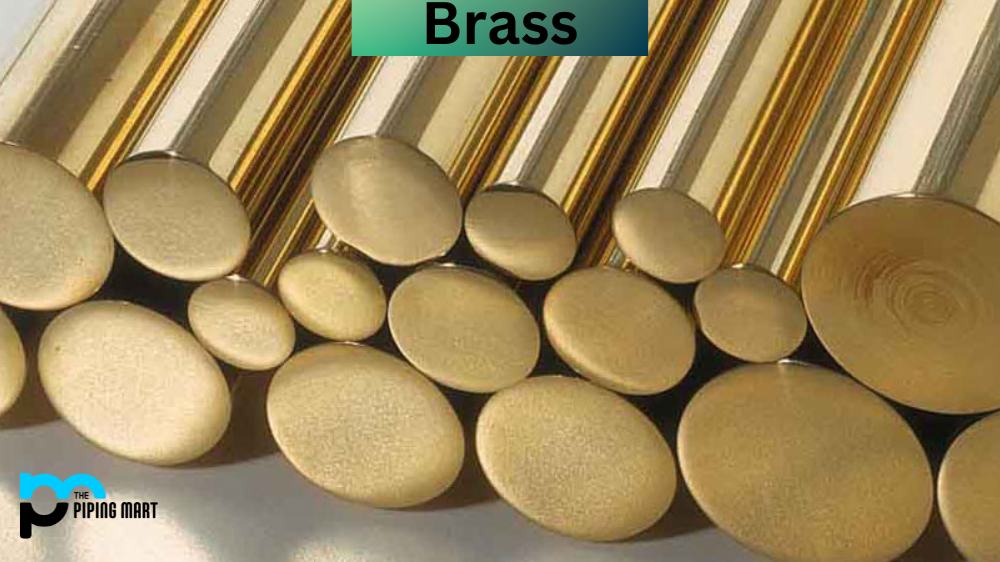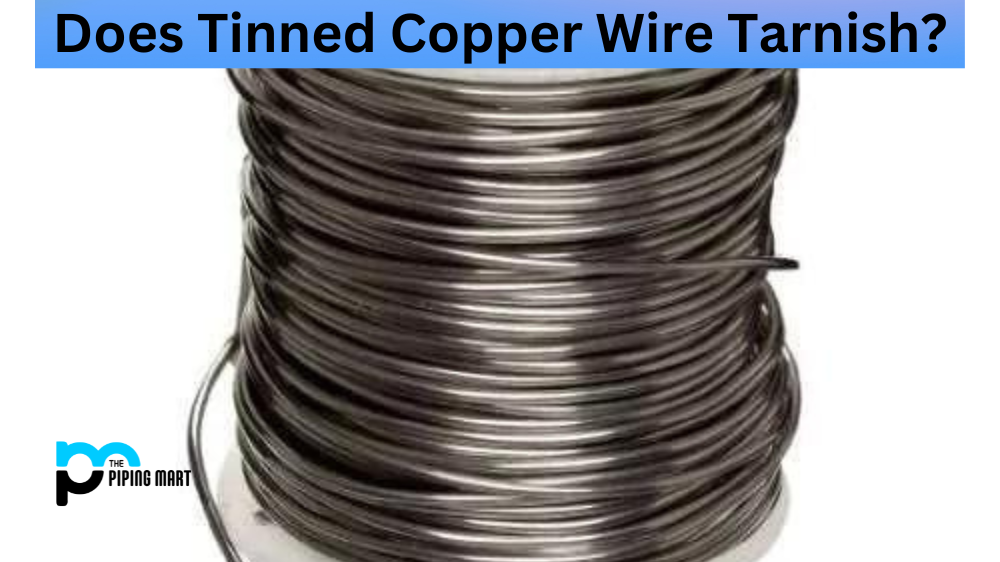The production of tubes has always been a critical aspect in various industries, ranging from oil and gas to automotive. However, choosing the proper tube production method can be daunting, especially if it’s your first time. Electric Resistance Welding (ERW) and High-Frequency Welding (HFW) are standard methods. Both are widely used, but which one is the better choice? In this blog post, we will explore the battle of ERW vs HFW, their differences, advantages, and disadvantages to help you make an informed decision for your tube production.
What is ERW?
ERW, also called fusion-welded pipe, is a tube production method that uses electricity to create heat and pressure to join two sides of a metal strip or plate. The process involves using two electrodes, where current is passed through both, causing the edges of the strip to heat up and form a bond under pressure and high frequency. ERW is known for its ability to produce high-quality tubes with a smooth surface finish and consistent thickness. ERW is commonly used for hollow structural sections, water pipelines, and fencing.
What is HFW?
HFW, on the other hand, is a newer technique than ERW but is still prevalent in tube production. This method uses high-frequency current to heat the edges of the strip or plate, then applies pressure to weld the metal together. Using high-frequency current creates a narrow and deeper weld penetration, resulting in a stronger bond. HFW suits various products, including line pipes, pressure vessels, etc.
Differences Between ERW and HFW
The main differences between ERW and HFW are in the way they utilize electric current and the type of products each is suitable for. ERW uses low-frequency current, while HFW uses high-frequency current, which results in varying levels of weld penetration, tolerances, and heat-affected zones. ERW is best suited for thin-walled tubes with a diameter range of 0.25 to 24 inches, while HFW is better suited for thicker-walled lines with a diameter range of 8 to 20 inches.
Advantages and Disadvantages
ERW is known for being cost-effective, producing tubes with smooth finishes, and making tubes quickly. However, it has some disadvantages, such as a weak weld seam, a higher risk of defects, and limited thickness of lines. On the other hand, HFW produces high-strength tubes with narrow tolerances and can grow in large quantities. Nevertheless, the process of HFW is complex, with higher costs and longer production times.
Which one is the best for your tube production?
Choosing between ERW and HFW depends on several factors, including tube thickness, diameter, production quantity, and, most importantly, the quality of the final product. ERW is the best option for thin-walled tubes requiring a quick turnaround with a smooth finish, while HFW is suitable for thicker-walled pipes requiring high strength and narrow tolerances. However, it’s important to note that both methods can produce high-quality lines, but the decision ultimately lies in your specific requirements.
Applications for ERW Pipes
ERW pipes have a variety of applications in different industries. One common application is in the oil and gas industry, transporting crude and natural gas from drilling sites to refineries. Additionally, they are commonly used in the construction industry for everything from scaffolding to water mains. They can also be used in mining applications for carrying materials such as coal and ore from mines to processing plants.
Applications for HFW Pipes
HFW pipes also have a variety of applications in different industries. One common application is in the petrochemical industry, where they carry chemicals such as petroleum and natural gas from refineries to storage facilities or end users. Additionally, they can be used in the construction industry for carrying water or other fluids from one location to another. Finally, they can also be used in mining applications for moving materials such as coal and ore from mines to processing plants.
Conclusion
In conclusion, the battle of ERW vs HFW depends on your tube production needs. Both methods have their advantages and disadvantages, making one better suited for specific applications than the other. Understanding the differences between ERW and HFW and their respective strengths and weaknesses can help you make an informed decision regarding tube production. Ultimately, it’s essential to prioritize the quality of the final product while considering the cost, production time, and production quantity.

Abhishek is a seasoned blogger and industry expert, sharing his insights and knowledge on various topics. With his research, Abhishek offers valuable insights and tips for professionals and enthusiasts. Follow him for expert advice on the latest trends and developments in the metal industry.




